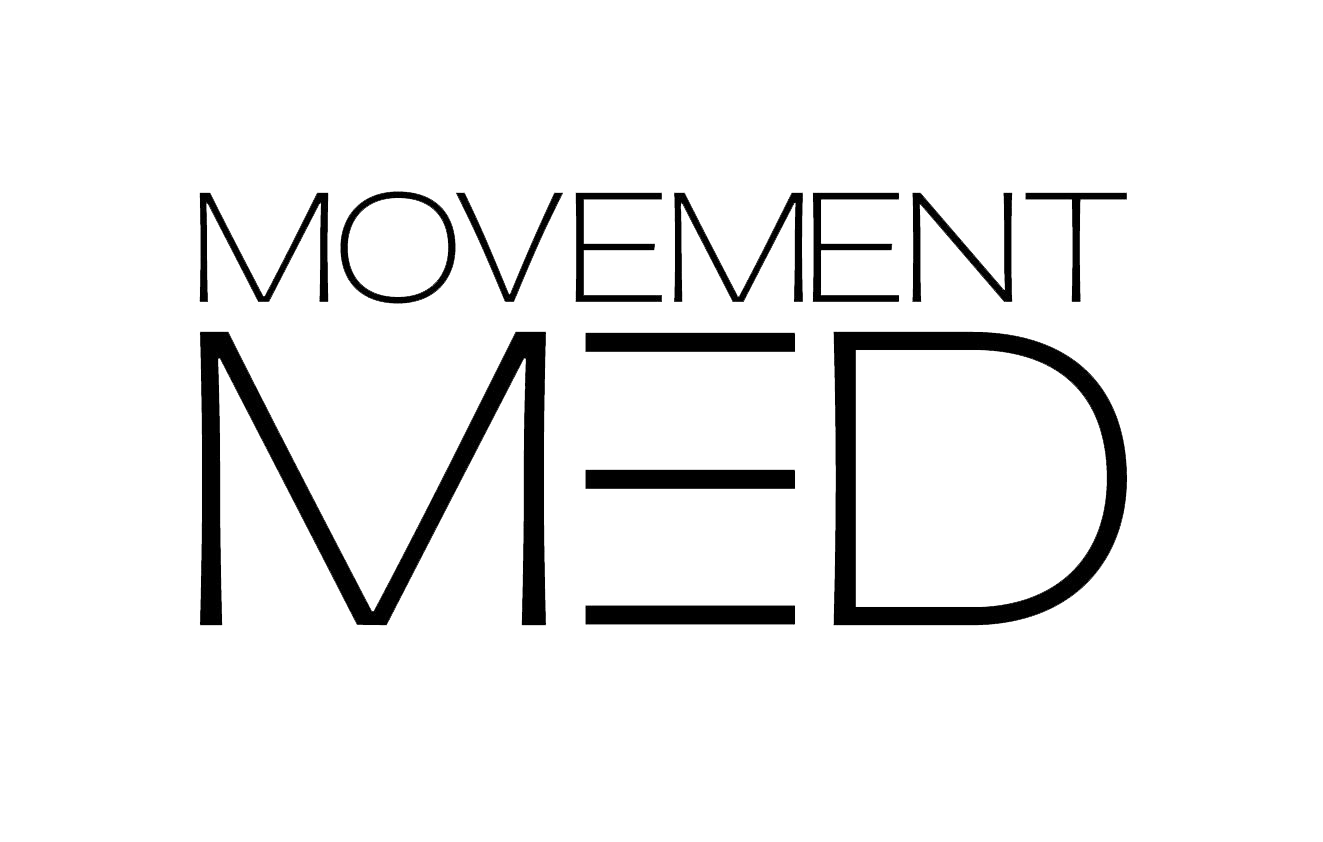Combating Sarcopenia: How Pilates can preserve muscle mass and balance.
Combating Sarcopenia: How Pilates Can Preserve Muscle Mass and Balance
As we age, maintaining muscle strength and balance becomes increasingly challenging. Sarcopenia, the progressive loss of muscle mass and function, typically starts around age 50 and accelerates with age, impacting up to one-third of adults over 60. Unlike typical muscle loss due to inactivity, sarcopenia is driven by biological aging, hormonal changes, and reduced physical activity, making it a serious health concern. Sarcopenia not only leads to weakened muscles but also increases the risk of falls, fractures, and diminished independence. While resistance training and proper nutrition are widely recommended, Pilates has emerged as a powerful, low-impact exercise method that can effectively counter sarcopenia’s effects.
Understanding Sarcopenia and Its Health Risks
Sarcopenia is often linked with decreased mobility, higher risk of falls, and even increased mortality. Reduced muscle mass affects balance and daily functions, making tasks like climbing stairs or standing up challenging. Additionally, sarcopenia can disrupt metabolic health, increasing the likelihood of conditions such as type 2 diabetes. Addressing this condition requires a multi-faceted approach, with Pilates offering unique benefits.
Why Pilates is Effective for Combating Sarcopenia
Pilates is particularly suited for older adults due to its emphasis on controlled, low-impact movements that build strength, flexibility, and balance without stressing the joints. Unlike traditional resistance training, which focuses on large muscle groups, Pilates activates smaller stabilizing muscles, especially in the core. This helps improve posture, balance, and coordination, all of which are essential for reducing fall risk and maintaining independence.
Building Core and Muscle Strength: Pilates focuses on core strength, which is crucial for stability and movement control. By targeting the abdomen, back, and hip muscles, Pilates builds a strong foundation that helps counteract muscle loss. Studies published in The Journal of Aging and Physical Activity indicate that exercises incorporating core stability, like Pilates, improve muscle strength and endurance, making it effective for slowing muscle degradation.
Enhancing Balance and Reducing Fall Risk: Balance is often compromised as muscle strength declines, heightening fall risk—a significant concern for those with sarcopenia. Pilates exercises, such as standing leg lifts and stability exercises, train coordination and body awareness. Research in Geriatric Nursing found that older adults who practiced Pilates regularly experienced enhanced balance and postural control, lowering their fall risk significantly.
Improving Flexibility and Range of Motion: Sarcopenia can reduce flexibility and limit the range of motion, affecting daily activities. Pilates incorporates stretching and flexibility work, particularly for the hips, spine, and shoulders, which can help maintain joint mobility. According to The Journal of Bodywork and Movement Therapies, older adults who practiced Pilates showed improved flexibility, making it easier to perform functional movements and stay active.
Increasing Muscle Endurance and Mind-Body Awareness: Pilates also emphasizes controlled breathing and mindful movement, fostering a strong mind-body connection. This focus enhances body awareness, alignment, and posture, which aids in performing daily tasks with greater ease and reduces injury risk. Improved endurance and posture help older adults stay active longer, preventing the sedentary habits that contribute to sarcopenia.
Supporting Pilates with Nutrition and Other Lifestyle Adjustments
While Pilates strengthens muscles and improves balance, combining it with a diet rich in protein, vitamin D, and omega-3 fatty acids maximizes results. Older adults benefit from higher protein intake (1.2–1.5 grams per kilogram of body weight) to support muscle repair and growth. Additionally, vitamin D and omega-3s, found in foods like fish and fortified dairy, help reduce inflammation and support muscle health.
Conclusion
As the population ages, sarcopenia poses increasing health challenges. However, Pilates offers a gentle yet effective method for preserving muscle mass, enhancing balance, and maintaining flexibility, all of which can improve functional independence and reduce fall risk. By integrating Pilates with a balanced diet and an active lifestyle, older adults can mitigate the impact of sarcopenia, empowering them to age with strength and confidence.
References
The Journal of Aging and Physical Activity: Core stability and muscle strength benefits of Pilates in older adults.
Geriatric Nursing: Improved balance and fall reduction with Pilates training.
The Journal of Bodywork and Movement Therapies: Flexibility and mobility benefits of Pilates for aging adults.
The Journal of Clinical Endocrinology & Metabolism: Study on physical inactivity and sarcopenia risk factors.
Age and Ageing: Research linking sarcopenia with increased falls and fractures.
The American Journal of Clinical Nutrition: Study on sarcopenia and mortality risk.
The Journal of the American Medical Directors Association: Resistance training and muscle mass improvements in older adults.
The Journal of Nutrition, Health & Aging: Protein intake and physical performance in sarcopenia.
